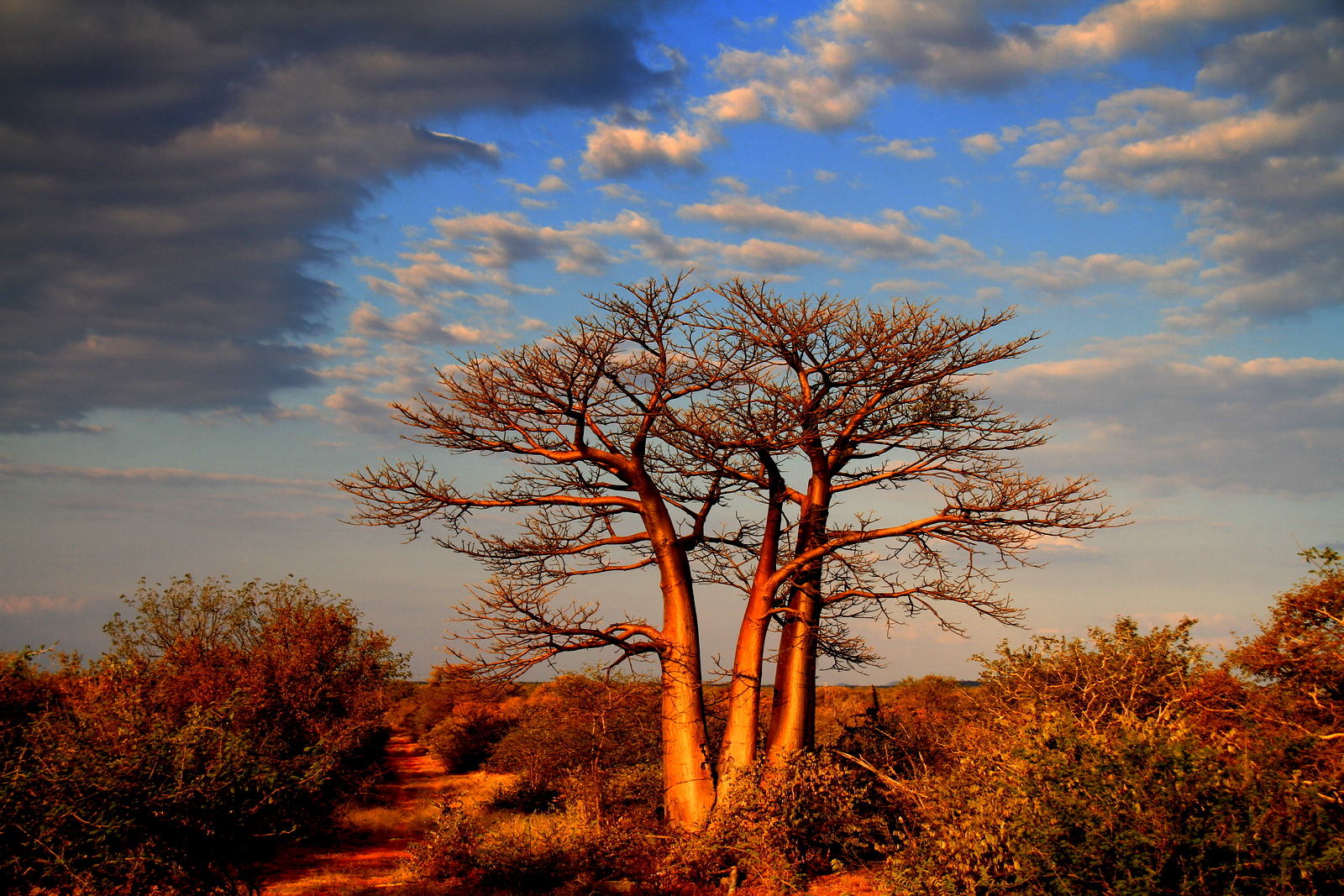Study Points to Southern Africa’s Hydrogen Production Potential

Southern Africa’s potential to produce green hydrogen is ‘enormous’, according to a new study by the H2Atlas-Africa project.
The H2Atlas-Africa project supports climate adaptation and mitigation programmes by providing data that can be used for green energy production, said The Southern African Science Service Centre for Climate Change and Adaptive Land Management (SASSCAL) earlier this month.
A joint initiative of Angola, Botswana, Namibia, South Africa, Zambia and Germany, SASSCAL has collaborated with the Southern African Development Community Centre for Renewable Energy and Energy Efficiency (SACREEE) as a technical implementing partner.
Sponsored by the German government, the results of the H2Atlas-Africa project are presented in the form of an interactive atlas.
Locations of interest for green hydrogen production in Southern African countries are highlighted on the atlas, which is seen as the first science-based decision support tool for the development of green hydrogen pilot plants, with contributions from 60 scientists, 16 modellers and a 12-member regional technical committee team.
The atlas provides information on ground and surface water resources, land availability, solar and wind renewable energy resources, and levelised cost of hydrogen production.
Additional significant indicators including social circumstances policy framework, and export, transport and energy regulations are also highlighted.
South Africa and Namibia are already looking into their respective green hydrogen potential, with the former estimating the ability to produce up to 13 million tonnes by 2050, and the latter having signed a feasibility and implementation agreement for a $10bn green hydrogen project.

